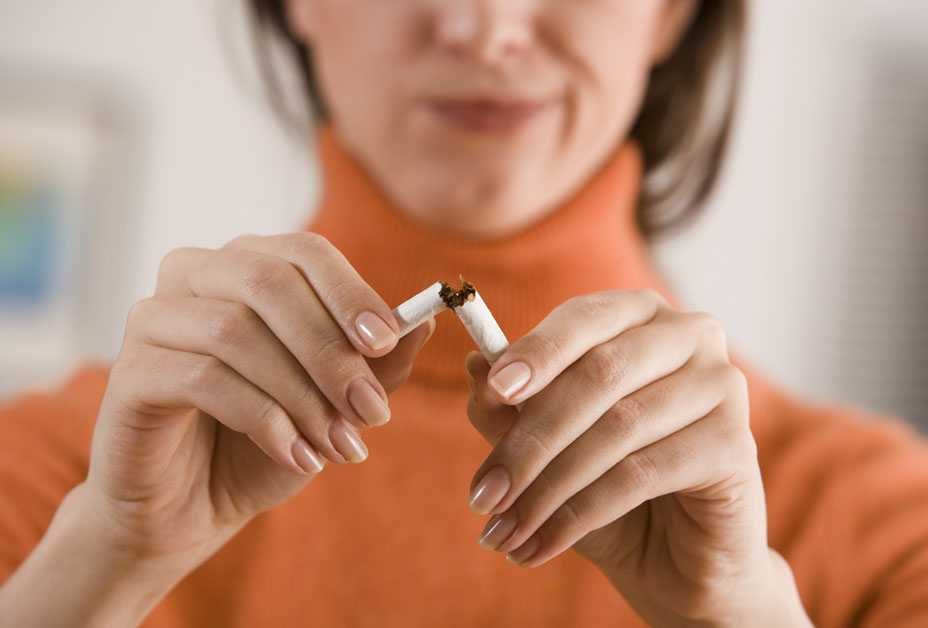COPD

Chronic lower respiratory disease, mainly COPD, is the third leading cause of death in the US. While tobacco smoke is the primary cause, 1 in 6 people with COPD have never smoked. Air pollutants at home (secondhand smoke), at work (fumes), and genetics can also cause COPD. Symptoms include-chronic or smoker's cough, chronic phlegm production, shortness of breath, and wheezing. Early detection and treatment may change its course. A breathing test can measure lung function and detect COPD in those at risk. Treatment requires a careful and thorough doctor's evaluation, avoiding tobacco smoke, and removing air pollutants from the home and at work. Symptoms may be treated with medication.
Quiz
Key Facts
- COPD refers to a group of diseases that cause airflow blockage and breathing-related problems.
- COPD affects more than 15 million Americans.
- More than 120,000 Americans die of COPD each year - that is 1 death every 4 minutes!
- The most important aspect of treatment for COPD is avoiding tobacco smoke and other air pollutants.
Media
Prevention Tips
In certain situations, COPD may be preventable. There are several opportunities for prevention. Some of the most important are:
-
If you are a smoker, quit. Approximately 75% of COPD deaths are attributed to cigarette smoking.
-
Avoid exposure to air pollutants in the home and workplace.
-
Get vaccinated during flu season if you have COPD to reduce the risk of flare-ups.
- Page last reviewed: March 3, 2016
- Page last updated: March 3, 2016
- Content source:
- Centers for Disease Control and Prevention
- Page maintained by: Office of Associate Director of Communication, Division of Public Affairs


 ShareCompartir
ShareCompartir

